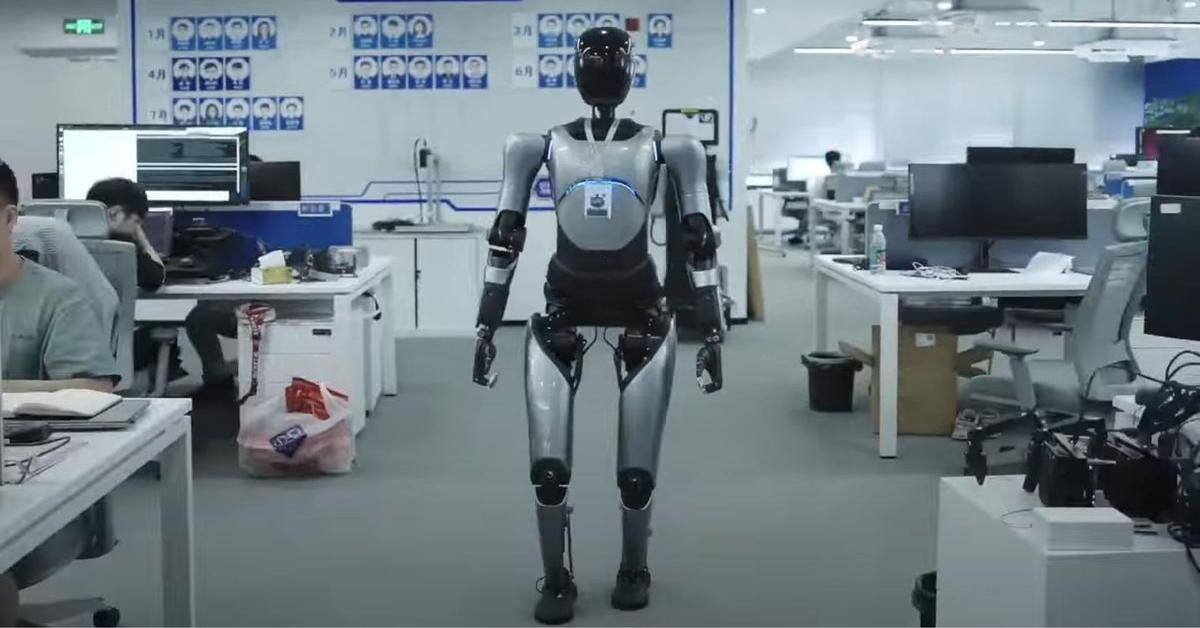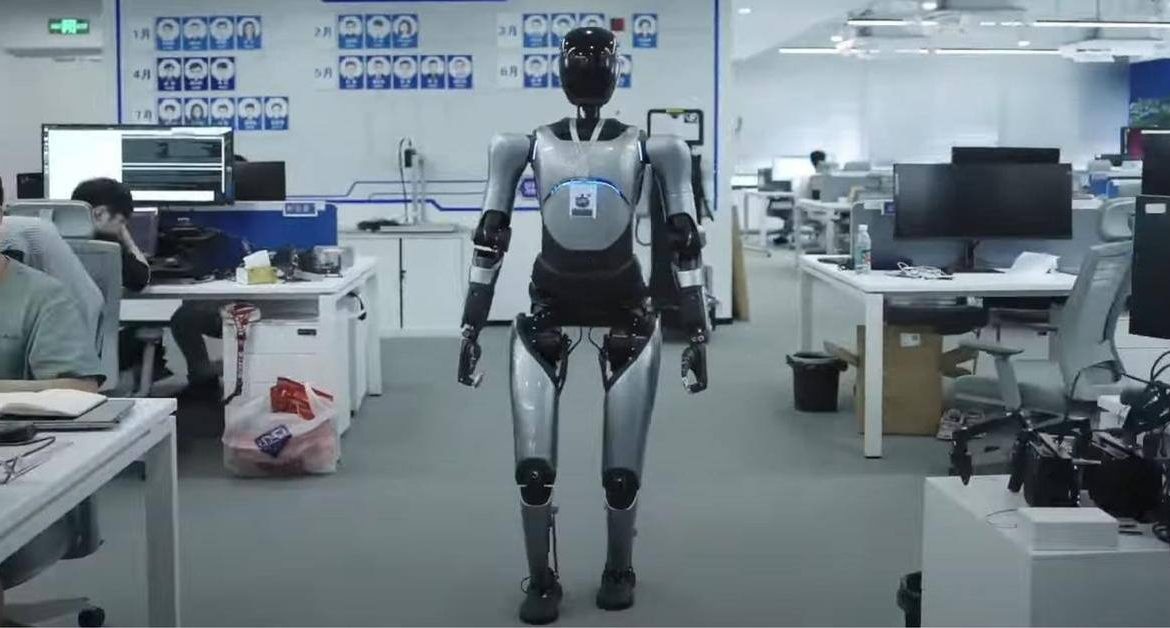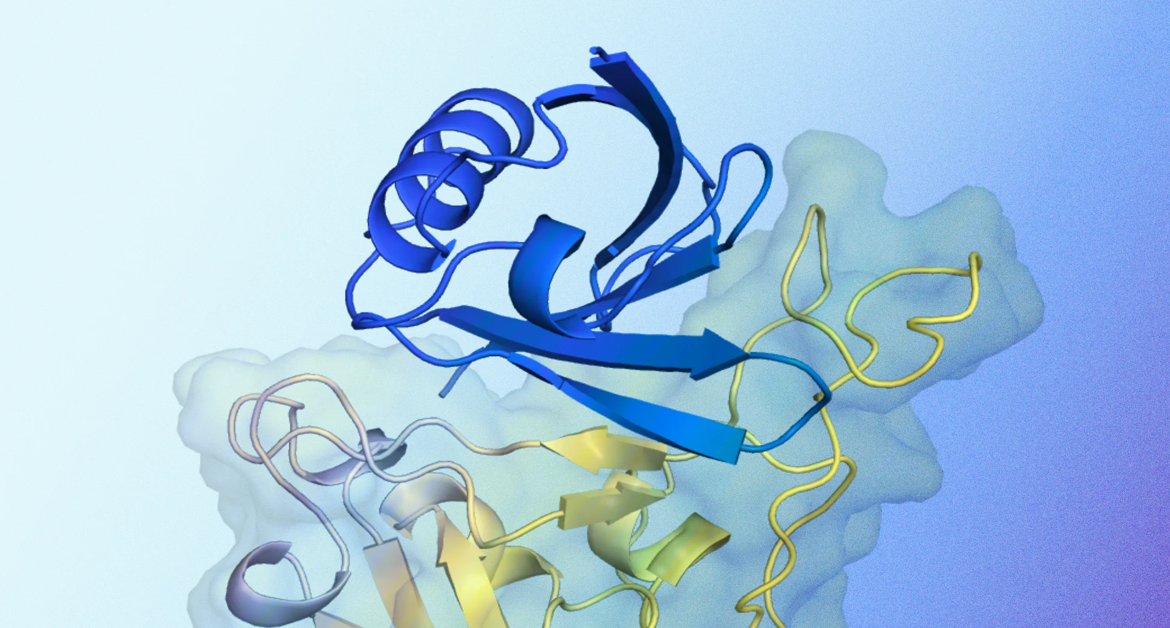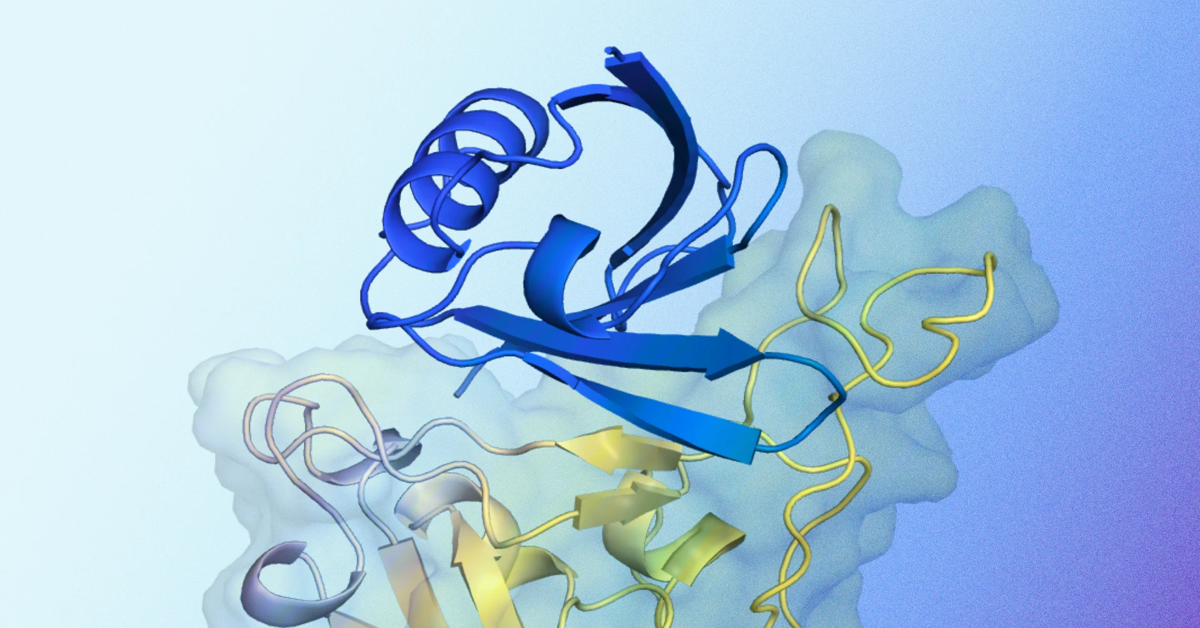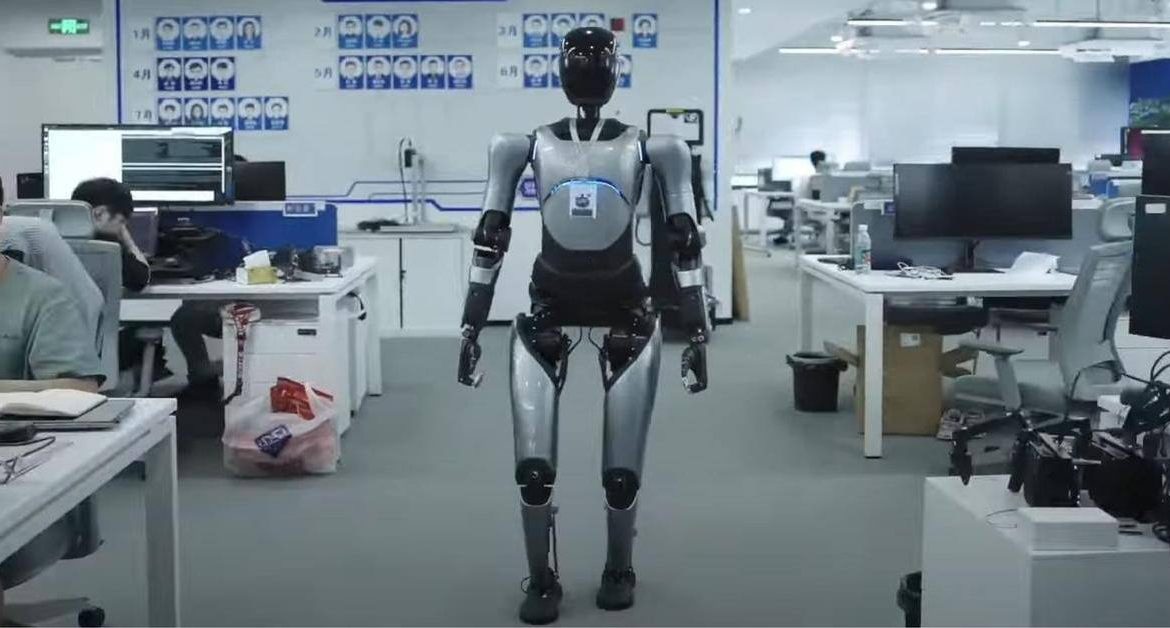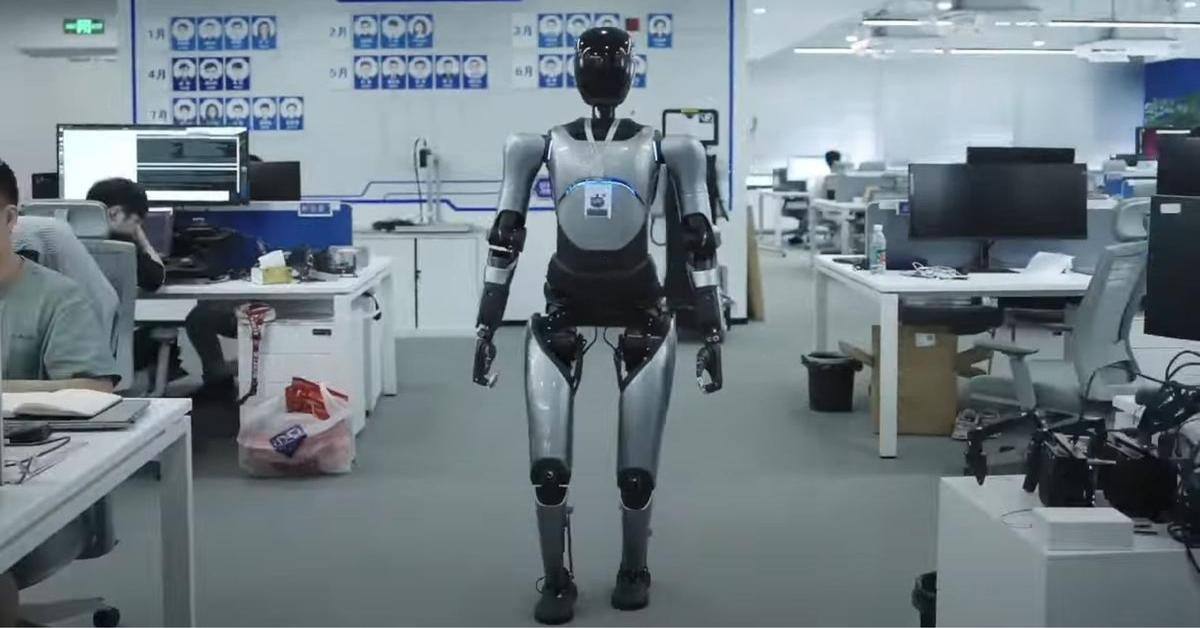In a world often dominated by negative headlines, it’s easy to lose sight of the incredible advancements shaping our future. This week alone has witnessed a surge of groundbreaking innovations, primarily emerging from China, offering a potent antidote to the pervasive pessimism. From remarkably lifelike humanoid robots to revolutionary biocomputers and promising breakthroughs in Alzheimer’s treatment, the pace of technological progress is accelerating at an astonishing rate. This article explores these exciting developments, highlighting the potential for a brighter, healthier tomorrow driven by data-driven optimism and relentless innovation. Prepare to be inspired by the sheer ingenuity and ambition on display.
Humanoid Robots: A New Era of Automation
China is rapidly becoming a global leader in robotics, unveiling increasingly sophisticated humanoid robots capable of performing complex tasks. These advancements go beyond simple industrial automation; we’re seeing robots with enhanced dexterity, improved AI capabilities, and more natural human-like interactions. The implications are vast, ranging from revolutionizing manufacturing and healthcare to providing companionship and assistance to the elderly. This surge in humanoid robotics signifies a significant shift towards a future where humans and robots collaborate seamlessly.
Biocomputers: Redefining Computational Power
Beyond robotics, China is making strides in the field of biocomputers. These innovative computing systems utilize biological molecules to process information, offering the potential for exponentially increased processing power and energy efficiency compared to traditional silicon-based computers. While still in its early stages, this technology holds immense promise for tackling complex scientific challenges, including drug discovery and personalized medicine. The potential impact on various industries is transformative.
The Alzheimer’s Breakthrough: Hope on the Horizon
One of the most impactful developments this week concerns the fight against Alzheimer’s disease. Chinese researchers are making significant headway in understanding and potentially treating this devastating condition. New therapeutic approaches are emerging, offering renewed hope for millions affected by this debilitating illness. The progress made underscores the importance of continued investment in research and development to conquer this global health crisis.
Data-Driven Optimism and the Future
These advancements, and many others, highlight the power of data-driven optimism. By focusing on innovative solutions and leveraging the vast amounts of data available, we can accelerate progress and address some of humanity’s most pressing challenges. The convergence of robotics, biocomputing, and advancements in healthcare represents a powerful force for positive change.
| Innovation Area | Impact |
| Humanoid Robotics | Increased automation, improved healthcare, enhanced companionship |
| Biocomputers | Exponential increase in computing power, advancements in drug discovery |
| Alzheimer’s Research | Potential cures and effective treatments for this debilitating disease |
Conclusion: Embracing the Future
The breakthroughs detailed in this article offer a compelling glimpse into a future brimming with technological possibilities. The remarkable advancements in China, particularly in the areas of humanoid robots, biocomputers, and Alzheimer’s research, are not isolated incidents but rather indicators of a broader global trend toward innovation and progress. These achievements should inspire optimism and encourage continued investment in scientific research and technological development. The challenges ahead are significant, but with continued dedication and collaboration, we can create a future where technology serves humanity in unprecedented ways. Let us embrace this data-driven optimism and strive for a better tomorrow.
